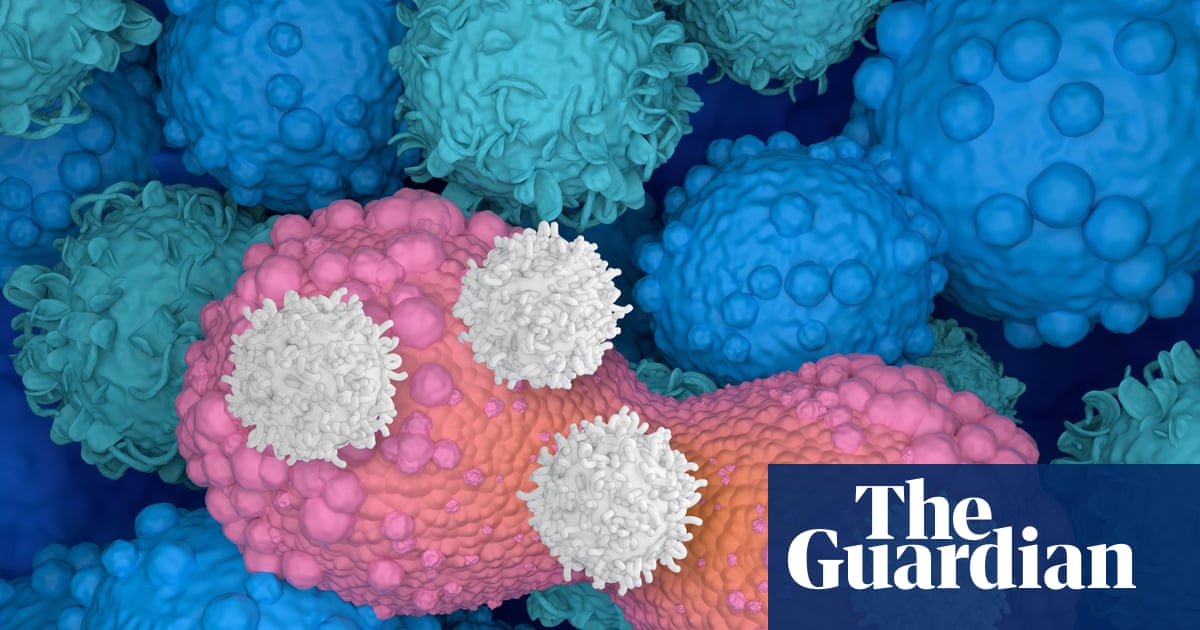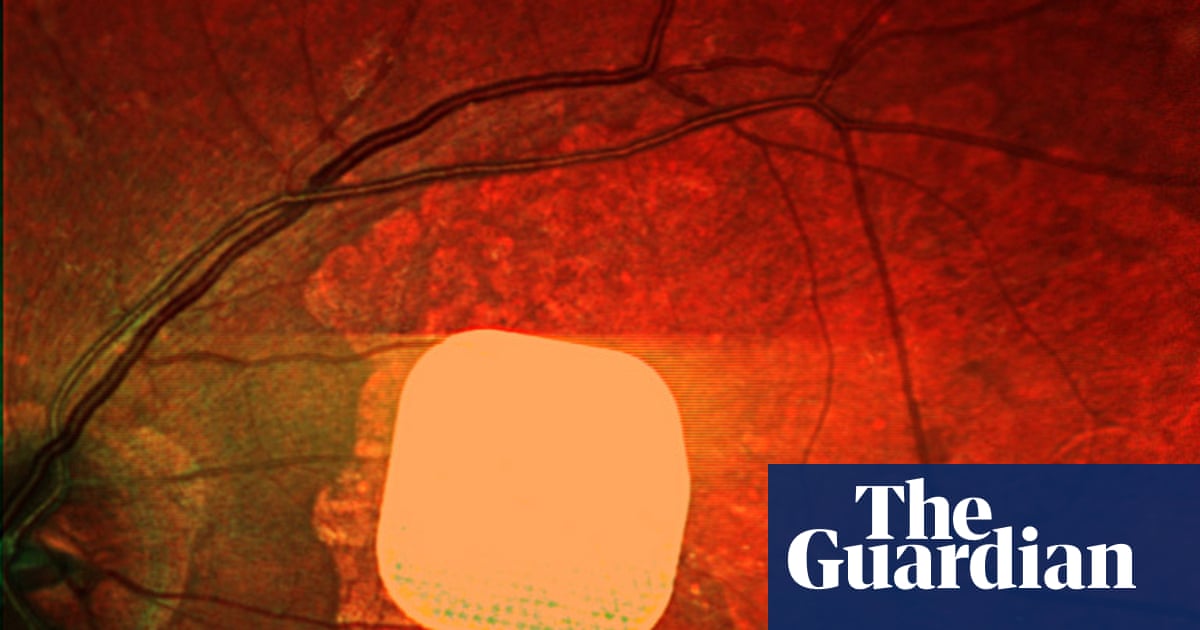When my grandfather was diagnosed with Parkinson’s disease in 2014, I assumed it was pure bad luck—perhaps from some secret misprint wired deep in his genetic code, or something that “just happened” to certain people as they aged. Parkinson’s slowly deteriorates the brain’s basal ganglia (which are in charge of movement control). It caused my grandfather, who has since passed away, to suffer from seemingly uncontrollable tremors in his hands, as well as stiffness, trouble walking, and rapid weight loss. “This is hell,” he told me once.
But as I’ve learned from reading The Parkinson’s Plan, a new book from neurologists and researchers Ray Dorsey, MD, and Michael Okun, MD, the disease that affects 1.1 million Americans is not, as I’d assumed, just an unlucky break. Drs. Dorsey and Okun draw on decades of research to argue that Parkinson’s is preventable, not inevitable—and that it is driven in large part by modern pollution and chemical exposure. They propose a comprehensive plan, which calls for $3 billion of federal funding to tackle the environmental causes, bolster research efforts, increase access to care, and invest in new treatments. Their mission is to eradicate Parkinson’s once and for all.
“We wrote this book to prevent future generations from ever getting this disease,” Dr. Dorsey tells me. “We wrote this book to help slow the rate of progression for those who already have the disease, and we wrote this book to come up with better ways to treat the disease.” We spoke to Drs. Dorsey and Okun about what they’ve learned over their careers studying and treating Parkinson’s disease and what we all can do to reduce our risk.
What do you find that most people don’t know or understand about Parkinson’s disease?
Dr. Dorsey: I think the number one thing is that Parkinson’s is preventable for the vast majority of people. There are some rare genetic causes, but over 85 percent of people with Parkinson’s do not carry a genetic cause or risk factor. The answer to this disease lies not within us, but outside of us in our environment.
Dr. Okun: Most people also assume Parkinson’s is like Alzheimer’s [uncurable, and with very limited treatments]. But there’s a lot more that we can do for Parkinson’s. We have more treatments and more ways to help people: behaviorally, with medications, and with surgeries.
What struck me most about the book was the connection you make between Parkinson’s disease and pollution and industrialization. Can you sum up what we’ve learned about the environmental factors that play into this disease?
Dr. Dorsey: We’ve had evidence of environmental contributions [to Parkinson’s disease] for 50 years. We have a large number of epidemiological studies in humans demonstrating that people exposed to certain chemicals, whether it’s certain pesticides like paraquat, dry cleaning chemicals like trichloroethylene, or more recently, air pollution, have an increased risk of Parkinson’s disease. In some cases, the risk is as much as 500 percent higher. These same chemicals, when exposed to laboratory animals, reproduce the features of Parkinson’s, including tremors. Some of these mice even have their paws shake in response to exposure to these chemicals.
I didn’t know [about the connection] until I had the gift of a sabbatical about seven years ago, and I read the work of Dr. Caroline Tanner [a Parkinson’s researcher]. I came away flabbergasted and stunned. She’s been quietly, politely, telling us what the likely principal causes of this disease are, and we’re not paying adequate attention. And the consequence of that is that people are suffering with a preventable disease.
In the book, you outline the “Parkinson’s 25,” a checklist of actions to help people better reduce their risk of Parkinson’s disease (including eating a Mediterranean diet, using indoor air purifiers, and drinking caffeinated coffee). Can you tell us about a few of those key actions?
Dr. Okun: Make sure that you have a filter on your water, particularly if you have well water, and pay attention to water quality. I work as an editor for the Journal of the American Medical Association Network (JAMA), and our most-read paper in the last three months is [Dr.] Ray Dorsey’s paper on if you live within 1 to 3 miles of a golf course, you increase your risk of Parkinson’s. The pesticides that are sprayed on our grasses, particularly on golf courses, can get into aquifers, and then people are exposed.
Dr. Dorsey: Lots of things people do—washing their produce, having a water filter and air purifiers, being careful with the pesticides that they spray on the lawn—help. Do you want neurotoxins around yourself? Do you want them around your kids? There are lots of things that, when you look at it from a different angle, you quickly see what you can do differently and reduce your risk.
Clearly, there’s plenty of things we can do in our own homes. But few people have direct control over their immediate surrounding environment. They might not be able to just move if they live in an area with bad air quality, or maybe they stop using pesticides, but their neighbors do not. What larger systemic changes are needed?
Dr. Dorsey: We need to ban the worst offenders, just like how we got rid of DDT. If we ban paraquat, trichlorethylene, and perchloroethylene, there’s [almost] no reason people should get Parkinson’s. We can find safer alternatives to these chemicals.
Then we need to let people know if they live, work, or study near where these chemicals are being sprayed. If people want to have the freedom to spray these chemicals, then people should have the freedom to know if they live near a farm that’s using dangerous chemicals, if their kids are playing on playgrounds where pesticides are being sprayed, or if they live near a contaminated site where the water underneath them or the soil underneath them could pose a risk to themselves and their family members. People need to know so they can take actions to protect themselves and so wrongdoers can be held accountable for their actions.
Our current administration seems determined to defund most disease research and reduce the powers of the Environmental Protection Agency. How do you navigate this current political climate?
Dr. Okun: I was chair of neurology twice, I’m an institute director, I’ve been NIH-funded my whole career. There’s a lot of worry that people have for what’s coming on. I think it’s important that when we don’t completely understand the picture we don’t assume the worst, and also to remember that with change always comes opportunity. Ray and I reviewed in detail The Make America Healthy Again Report that was released by Robert F. Kennedy Jr. and his colleagues. And there are a number of opportunities that we haven’t seen before, calling out chemicals, pesticides, things in foods… I think there’s opportunity in thinking about living healthier, and perhaps making sure that certain contaminants, certain pesticides are [addressed]. There may be some common ground there.
In writing the book, you spoke to many leading Parkinson’s experts not just about preventing Parkinson’s but also about treating it. What are some promising treatments and therapies?
Dr. Okun: Some of the most exciting things that we’re seeing now are with some of the newer technologies. So gene editing and gene therapy, we’re moving into an era where it’s getting safer to consider doing these things.… We’re also going smaller: nanoparticles, nanomedicine, and nanodelivery. You can get things past the “guardian” or “force field” of the brain, which is the blood-brain barrier.
We’re also doing much better on our modulation—using electricity to modulate. We’ve now learned a lot of the language that the different areas of the brain are using to talk to each other, and then how to modify those to try and improve different specific symptoms. Not just tremors, but sleep. We’ve taught the devices with AI so that they can respond in real time, and now AI is playing a role in these therapies.
What is the most important message you hope people will take away from your book?
Dr. Dorsey: I think we have a chance to get rid of this disease, and when you have a chance to get rid of a disease, you should take it. We’ve done that with HIV. It’s possible that in our lifetime, HIV could disappear as a major clinical entity. We can do the exact same thing for Parkinson’s disease.
This interview has been edited and condensed for clarity.

Jessie Van Amburg is a health journalist with over a decade of experience covering mental and reproductive health for some of the top media brands in the country, including SELF, Well+Good, Glamour, Women’s Health, TIME, and Wondermind. She lives in Beacon, NY with her husband and cats, and is passionate about ’90s television shows, climate justice community organizing, and the Real Housewives of Beverly Hills.
Source link




